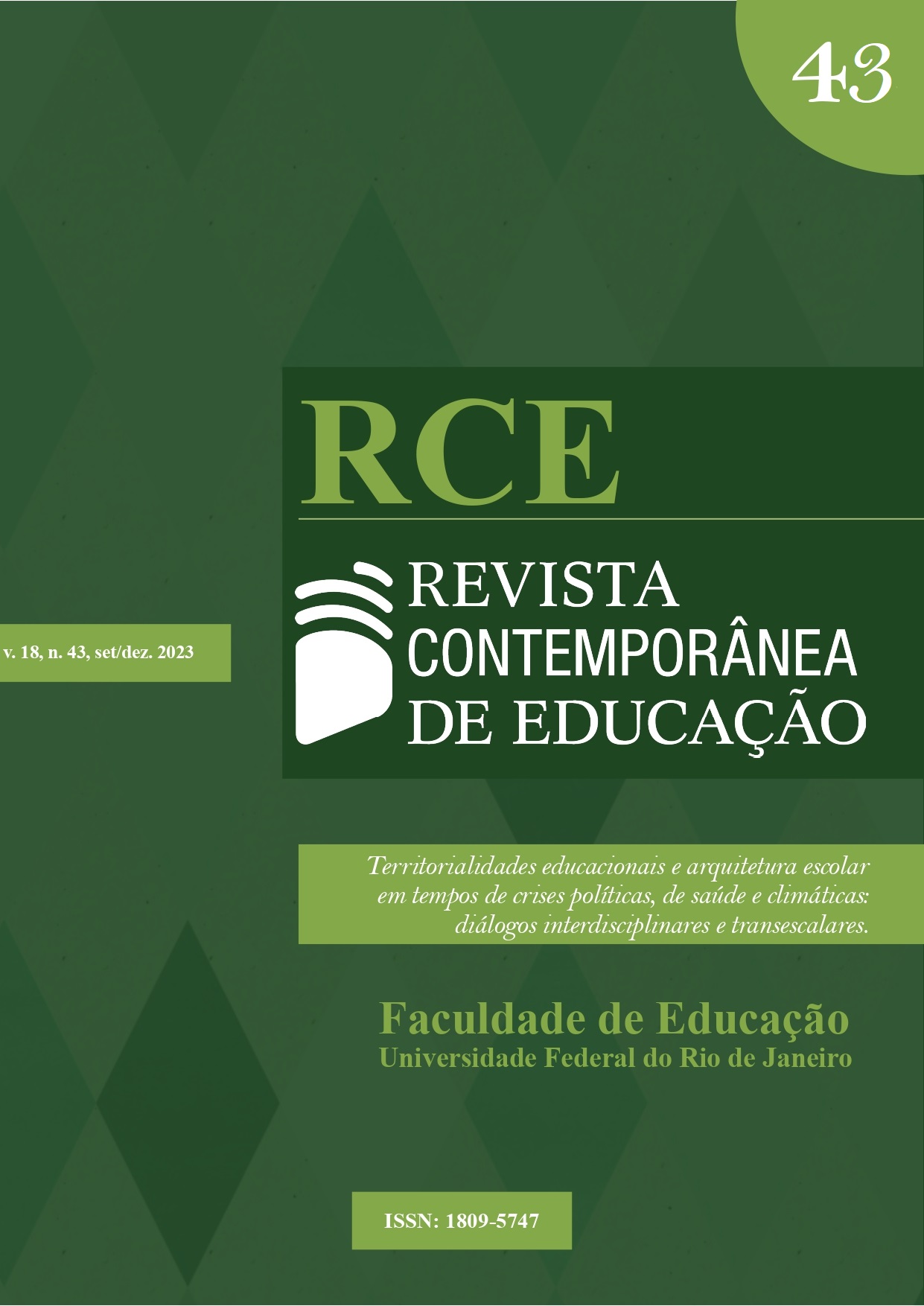Abstract
This work investigates the relationship between thermal comfort, school architecture in Brazil, and its implications in the era of the Anthropocene. To do so, we explore the intersection between school management, curriculum, and educational policies within the context of the climate emergency. Recognizing the urgency of addressing climate change in daily life, the study considers how school infrastructure and the curriculum can adapt to ensure biosafety. Using an analysis of current Brazilian legislation on school architecture, thermal comfort, and funding sources, the hypothesis of this study is that predominant regulations prioritize HVAC (Heating, Ventilating and Air Conditioning) systems over sustainable alternatives such as natural ventilation, classroom design, window placement, green spaces, and strategies for managing the school calendar. The research suggests the need to redefine the principles of school architecture to integrate biosafety and bioclimatic design, crucial elements for addressing climatic extremes in the Anthropocene.

This work is licensed under a Creative Commons Attribution-NonCommercial 4.0 International License.
Copyright (c) 2023 Revista Contemporânea de Educação


